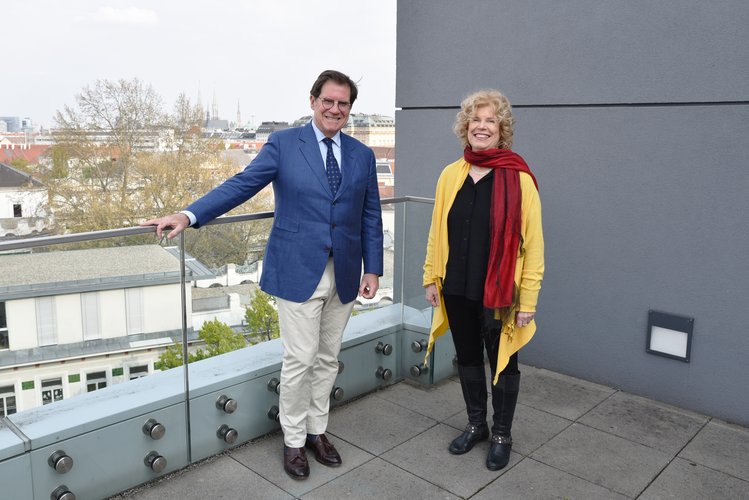10th CeMM S.M.A.R.T. Lecture with Prof. Orly Goldwasser
Share
On 27 April 2021, CeMM hosted its 10th S.M.A.R.T. Lecture with Orly Goldwasser, Professor of Egyptology at the Hebrew University of Jerusalem and an Honorary Professor at the University of Göttingen.
The S.M.A.R.T. lecture series is an initiative launched by CeMM dedicated to diverse topics around the fields of science, medicine, art, research, and technology. They address contemporary challenges of science in an interdisciplinary manner and at the interface of science and society, with the aim of establishing an open dialogue with the broader public. Once a year CeMM invites an international speaker renowned for having made extraordinary achievements in their fields.
This year in an online format, Prof. Goldwasser talked about one of the greatest and lasting inventions in history: the alphabet. Interestingly, the alphabet was invented only once: all alphabetic scripts of all languages of the world originated from one single invention.
During her talk, Prof. Goldwasser introduced the history of how the alphabet was invented from hieroglyphs, dating back to C. 1840 BCE in the Sinai Desert. She explained how ancient inscriptions that were discovered in the mines during this period of history were made by the Canaanites, which were the people originally from Israel, Palestine and Lebanon who spoke a Semitic language, the mother language of the modern Hebrew and Arabic used nowadays. The essence of the invention of the alphabet lied in identify the meaning of the picture in the hieroglyph, naming it in Canaanite, extracting only the first sound of the picture and discard then the meaning of the picture entirely. Each sign became then one single sound.
In the past, there was no agreement in the international scientific community about where and when exactly was the alphabet invented. Prof. Goldwasser’s research work has been paramount in the reconstruction of the invention process. She made a breakthrough contribution by suggesting hieroglyphic models in the Sinai repertoire of Egyptian hieroglyphs that could have served as models for the inventors. She also identified through her work that the inventors were indeed illiterate Canaanites working in the mines of the Sinai desert.
We would like to thank Prof. Goldwasser for a very insightful talk and for carrying us with her talk to a very interesting time in history!

